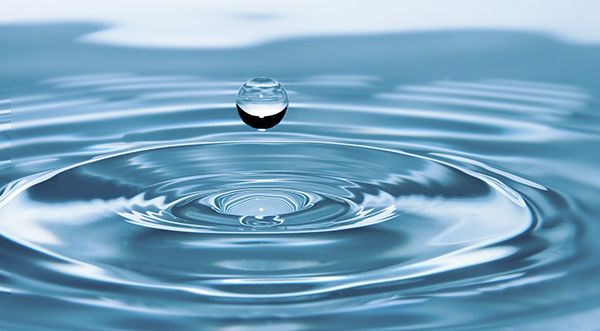How Much Water Do CPAP Machines Use And Why?
By Space Coast Daily // July 21, 2022

A CPAP machine’s water chamber typically carries 11 to 17 ounces of water. This water makes the air you breathe more humid when you sleep, which makes breathing (and sleeping) considerably simpler. Knowing what makes CPAP machines use more or less water can not only improve your quality of sleep, but it is also crucial to ensure that the water lasts the entire night.
Depending on the ambient humidity and the humidity level settings on your CPAP machine, a different amount of water is used in the humidifier. More water is required when your CPAP temperature is raised if it is chilly and dry (less than 40% humidity).
The first step in ensuring the humidifier runs smoothly is to keep track of how much water is in it. It would be best first to comprehend the purpose of a humidifier and why a CPAP machine needs one before you can proceed. Learn more by continuing to read!
Why Is Water Required for a CPAP?
CPAP treat respiratory conditions, including sleep apnea, is highly recommended. Humidity is crucial to this process because it guarantees a steady air flow into the respiratory route.
A CPAP machine draws air from the surrounding area and pushes it continuously under pressure into the mask. High pressure then travels through your mouth and nostrils. Particularly in the winter, the air in the front might get chilly and dry during this process, leading to dryness and chapped lips. Other concerns include dry mouth and a burning sensation in the nasal tube.
Some people discover they tend to breathe more via their mouths when their nose gets too dry and clogged. Mouth breathing exacerbates apnea and also contributes to snoring.
In reality, low humidity in the CPAP chamber can also bring a runny nose and sneezing. This is due to the vascular tissue in the nose secreting mucus as a lubricating mechanism as the nasal canal becomes drier. The presence of a humidifier in the space frequently has no effect.
Fortunately, most CPAP machines today either come with an integrated humidifier or may be modified to accept a separate, detachable humidifier. The humidifier greatly facilitates breathing and sleep and can lessen the likelihood of nasal congestion, sneezing, and other adverse consequences.
Before you breathe it in, a CPAP humidifier adds enough moisture to the compressed air. Your room’s humidity level will determine how much you should use the humidifier.
According to the EPA, one should keep humidity between 30 and 50 percent. It is advised for CPAP users to use the CPAP water humidifier if the humidity falls below 40%, especially during the drier winter months. The humidity level must be appropriately balanced, as an excess of moisture can lead to bacterial growth, allergies, and respiratory ailments.
Hygrometers (humidity sensors), which are excellent for bedrooms, are used to keep track of the humidity levels in your house. A suitable humidity sensor will continuously monitor the environment, allowing you to modify how often you use the humidifier on your CPAP machine as necessary.
What Can CPAP Equipment Do?
In summary, a CPAP humidifier helps people who use CPAP therapy breathe more easily and comfortably.
It’s crucial first to comprehend how sleep apnea works to grasp how this occurs. In sleep apnea, breathing may slow down, become erratic, and stop abruptly multiple times throughout the night. In addition to disrupting sleep, this disturbance can seriously reduce oxygen levels in the blood. Strokes, heart attacks, high blood pressure, and headaches may result if left untreated.
Obesity and excess weight are frequently linked to sleep apnea. The tongue and throat muscles become loose and relaxed as the sleep cycle progresses. At this point, extra soft tissue might weaken and impede the upper respiratory system. Snoring and sleep this cause apnea.
How Frequently Should a CPAP Machine’s Water Be Changed?
Even if there is some water left in the tank, you must empty it daily, just like any other humidifier. Fill the tank back up with new water after rinsing it. This is done to stop microbial development. Every day, rinse your tank under running water and pat it dries with a towel before re-filling it.












